| Having just self-published White on Black in eBook and paperback through Kindle Direct Publishing, the matter of editing and production of books is much [just corrected from mush] on my mind. Production first, to get that behind us. The paperback looked perfect in the online proof on the Kindle publishing site, so I bravely hit the PUBLISH button. I did order a proof copy, and it arrived nearly 2 weeks later. Cover looked reasonably okay, and then I opened it. Page numbers at top were all cut off, and the first line of book text was at top of the page. That was bad. I had goofed. Back to the drawing board re design. |
Then back into Kindle Direct and click the button for updating the book content. The menu opened and I uploaded the corrected (I hoped) content. The little circle whirled around for a while and then I get the message that upload and processing has been completed. I click the button for online review, and all looked fine. Page numbers looked safely inside the dotted lines around the page. Cover looked fine. So PUBLISH.
What I had missed until I looked at the entry on the Amazon book site was the typo on the back cover. Great big sigh. For now I am just going to leave it. Eventually I will carefully review the whole book again, and after seeing what other errors, typos mostly, that I find I will go through the whole process again.
To begin talking about editing, let me first start by mentioning the problems attendant to being closer to 85 than to 84.
I used to be a good typist. My fingers would fly across the keyboard with great dispatch and a good bit of accuracy. Now the old fingers have become lazy. Too often I hit the K and the J keys by accident. As in, say, actualjly. Every sentence I type these days has such errors. Often they are the kinds of errors that spell checker does not catch. Not for now. Soon for son. The letter O is a particular problem, for my eyes merge two in to, or see one and think it is two. I have developed a kind of mental dyslexia: next easily becomes nxet.
Its macular degeneration at work, folks! And just possibly other kinds as well.
I’m sorry that I didn’t write during; my New York years. Too much to do! But I did do a lot of editing in those days. My late friend Tom Miller wrote songs, plays, and novels. His day job was that of a movie publicist, and in his later career he moved from being staff publicist to unit publicist (they work on movies only while they are in production) for that paid the rent while giving him a lot of time off between projects in which to write. He would write, and then he would [corrected from wojuid] present his work to me for review and edit.
He was not a natural collaborator, which I believe interfered with his having more success with his plays. Initially that made me cautious with my notes. Misspelled words/typos, no problem. But choice of word, sentence construction, paragraph construction: with all those I thought I had to be super-polite. My notes would be hedged with such as “Don’t you think it might sound better if . . .” or “Consider transposing the 2d and 3rd sentences in Paragraph 2 on page 432 because the sequence of events might be clearer to the reader.” Later on I became more courageous and simply jotted down a changed sentence or paragraph knowing that he would use or not depending.
In those days with a manual pre-electric and even more pre-electronic typewriter, cut-and-paste had a specific meaning. You typed the corrected word or phrase or sentence and Scotch-taped it over the earlier version. Then before submitting you’d have the whole thing photocopied so it would look better. So much easier to do on the computer these days!
The first 2 of his works that I spent a good bit of time editing were the plays “Blow Dirt” and “The Daddy of Us All.” The first featured an Oklahoma family during the Dust Bowl period and had an excellent set-up but never found a proper ending. Much later it received a Sunday afternoon public reading by a group in Bucks County, Pennsylvania that did such followed by discussion by audience and actors to give help to the author. I thought the version he submitted not his strongest one, and the discussion offered little of value. The second did receive a 2-week run at the Glines Theater in New York: good cast, poor production that didn’t understand how to present the oddball humor of the piece.
The only other play I worked on was “A String of Banjos,” concerning 2 songwriter/singers in the 1960s, one a kid just out of high school and still into something like operetta and the other an older experienced buy who wrote “party songs” (dirty lyrics) for late night clubs, rowdy bars, and frat houses. They become an odd team and almost by accident become darlings of the revolutionary crowd. Lots of songs. Tom later adapted it into a screenplay which he sent to director Richard Lester. He seemed to like it but didn’t want to do another musical after A Hard Day’s Night, Help! and A Funny Thing Happened on the Way to the Forum. Then Tom had the bright idea of adapting it into a novel.
It was an oddball work, text filled with song lyrics and song performances, with much of the backstory emerging in reveries during the latter. Parts of it took the form of a play. Some of it came in the form or newspaper and magazine articles. Much of it looked more novel-like. A big challenge to keep track of all the formats. Of all the versions of this work, it is the one I liked most. By far the most exciting. I also preferred the original title, “A String of Banjos,” although exactly what that meant was a bit vague.
With this work Tom managed to get an agent at the Harold Matson Agency, a charming woman who happened to be the sister of James Reston. She wanted changes: more backstory about the two central characters and their families. Big rewrite under the title Pecos and Jack. He began to remove some of the songs and the odder aspects, just the things that I thought made the first version so interesting. A difficult collaborator in theatrical works, he seemed to over-compensate now with his novels. Any vague suggestion or negative comment and he’d rewrite the whole thing. And every time more editing required
| The same thing with two other works in long-term progress: his WW2 novel Boy at Sea and his campy and funny Hollywood spoof The Curse of Vilma Valentine. Boy at Sea had been written as a fairly frank memoir of his life in the Coast Guard 1942-1945. At the last minute he discovered that a most important character was still alive and kicking in Oregon, and he decided to go back through and change his and all other names and the names of ships and publish it as a novel. This was a reasonably easy work to edit. No fancy stuff. We did have to be careful with all the changed names. The Curse of Vilma Valentine was not so easy. The basic story was fairly straightforward, but it was decided to structure the work in a complicated way. A writer named Gerald Carstairs (think Norman Mailer in his Marilyn: A Biography mode) is researching material for a |
| a biography of long-dead movie star Vilma Valentine and is interviewing people who worked with her, friends and enemies, and much of the novel comes from the unedited interviews with those people, fictional and real. Groucho Marx, William Faulkner, Robert Mitchum, and George Balanchine are among the real ones (Balanchine had directed Vilma and Fred Astaire in a movie musical) and in the writing Tom tried to suggest their actual voices. Lots of newspaper headlines and sub-heads, fan magazine articles, gossip columns, and even the text of a long and explosive TV interview with Hugh Downs in which the writer and the winner of the “Vilma Valentine Look-Alike” contest to publicize his book are the participants. That winner looks startlingly like the presumed dead Vilma, and guess what . . . Maybe Vilma is still alive after all! At the end of the novel comes a detailed |
The novel gets our heroine involved in a series of mysterious deaths (some of them based on actual Hollywood murders), scandals, espionage, and art treasures stolen by the Nazis including the fabled amber Room.
This one was a bitch to edit. All the formats, the different voices, keeping the chronology straight (at least in one’s mind: time in the novel jumps all over the place). As much as possible we tried to keep the real voices in particular based on rhythm of the speech and not lapse too much into dialect. Any article or headline we tried to make fit the style of the newspaper or magazine at the time
I think we did pretty well in part but ultimately failed with tempo. I did have hopes that someone might buy it just for the title, and actually the content could form the basis for a great mini-series.
| Tom was so hung up on these 3 projects that he seemed unable to move on to anything new. I so wanted him to finish his project about his movie career. I decided the only way to get him to move beyond was to get them published. We ended up with the vanity publisher iUniverse. Not inexpensive: I think each book cost about $700. But we die get Boy at Sea and Vilma published in 2006. Tom did one more extensive rewrite on Pecos and Jack, and it came out in 2007 under its new and final title, title, Ghost Guitars. The author’s copies arrived just a week before Tom entered the hospital for his final surgery and death. But at least he got to see it. I spent what seems in retrospect a lifetime editing Tom’s works. Do I regret that? Not in the slightest. It taught me so much about editing. Learn by doing. |
Are you sure that a preposition is what you want to end this sentence with?
Does chronology need to be corrected? Should I rearrange the sentences in this paragraph?
Why does that sentence seem off? (Sometimes I did and do actually diagram a sentence to see better its parts. Can be useful.)
That sure is a long paragraph. Do I need to restructure?
That is current slang. Is it appropriate here? Would the character use it? Is it the sort of word that will date quickly? (Stephen Sondheim has said that slang goes out of style almost before it is in style and dates a work quickly, and that is why he tried to invent slang for Sweeney Todd instead of using period or current slang.)
If the first person voice is used, does it always sound like the person’s true voice?
| Case in point, my opening paragraph to my novel Siren Song: I’m not a guy who by nature believes in ghosts. Nor am I one who categorically denies the—well, let’s say possibility of something that might manifest itself in forms that people refer to as ghosts. Agnostic may be the best term for me. Holy Ghost? That’s another matter. Or is it? But please don’t get me wrong. I’m not, I must tell you, categorically Christian either, although sometimes I do hope for the existence of some benevolent spirit. If I believe in The Spirit, then why not spirits? That was Tom’s suggestion, and I liked it and used it. But over time I became dissatisfied because it did not fit the author’s true voice on the page or the mood of the work. Too fancy in the wrong way. When I later posted a version with better format and corrected typos, I changed the opening paragraph to this: |
It was Anne, during that night after our move into Magnum House together, who experienced the first ghostly encounter.
I liked that one much more. Some who, some where, and some misdirection in the word “ghostly.” In both versions the second paragraph is a bit more flowery, but I think appropriately so:
I had never believed Magnum House was haunted. It is not in any way Shirley Jackson’s Hill House, rather a place of clean proportions, solid build, and comforting mood. There has been sadness and death in the history of the house; but these seem normal and rational, not at all the sort of history that would leave a miasma of evil. No cold spots, no clanking chains, no shrieks echoing through the halls at night.
The title itself had gone through change before the first publication, The Song the Sirens Sing became Siren Song. I liked the original title because the word of emphasis is “song,” but it is so long with too many hissing sibilants.
This work did have its particular editorial problems, but I’ll go into them in later article in which I look back over my published works.
In 2013 my macular degeneration took a sudden downward turn, still remaining dry but with a bigger hole in my vision in my right eye. I panicked. I’m going blind! I did not realize that this was a gradual process, at least since and so far. I wanted Siren Song published, and I pushed it through the Kindle Direct Publishing (then called CreateSpace). In spite of production difficulties (mostly involving margins), I did get it done at no cost but time and (lots of) effort.
| My novel (written later but published first) called The Darkness I decided to pull from iUniverse and republish through CreateSpace. I never liked the look of the iUniverse version with its terribly tiny print and almost total absence of margins. I also had the idea of using the same cover basic format for both my novels but with different illustrations and colors. The new version was called A Howling in the Night. I wanted a title different from the iUniverse edition but in the jacket copy and the text for online bookstores I did indicate that it was a modest rewrite of the earlier one. |
| Tom had left unpublished manuscripts, and some of these I wanted to see the light of public day. Most particularly I wanted to publish A Fever of the Mad, his memoir about working as a movie unit publicist during the 19760s and 1980s. Luckily it was available in electronic format. There was a dedication to his boss Ruth Poloe way back in the day at American International Pictures with the title “Endless Are the Orgies.” Why the title is funny is a good joke I’ll not spoil here. It was followed by “What’s a Nice Person Like You Doing in a Job Like This? (The Craft of the Unit Publicist.” It is an excellent description of what a unit publicist did in those historic days with stories and examples from several of his movies. Next came the 45 page “On the Whole I’d Rather Be in Philadelphia (Elaine May’s Mikey and Nicky).” (I’m pleased to report that chapter has been optioned recently for a possible movie by a writer/director/actor.) Then the biggie, some 245 pages, is called “Steppin’ in High Cotton |
I should mention here that although his actual name and the name he used as movie publicist was Tom Miller, he published under the name Tom Canford. Where did that Canford come from? When he was a staff publicist at MGM in New York he often had to deal with television as well as movie product. He came across an in-house document that listed names that sounded like real names but (at least at that time) were not. Such names were to be used for works in which you might have a mas-murdering drug-using alcoholic and hateful villain. You would not want to use a name that could be that of a real person (say, Jonathan May), for person might sue for defamation. There were so many Tom Millers in the word, but at the time no Tom Canford. Nice and short and sounded good.
But where was his long piece about his working for several months in Mexico in 1971-72 on The Wrath of God, directed by Ralph Nelson and featuring Robert Mitchum, Rita Hayworth (her last movie), and Frank Langella. Lots of good stories there and I know he was working on a piece about it. I ransacked the computer files and the house. Nothing. I wrote the director of the Academy of Motion Picture Arts and Sciences asking if it would be possible to check the dozen large boxes of Tom’s publicity materials that I had donated to that library to see if a copy turned up there. She had one of her unslings so do. No luck.
I believe that Tom decided that there was too much private and scandalous material in the work that involved other people and decided to destroy it. Too bad, for the non-scandalous stuff would have been reason enough to publish and certainly interesting. I had to move along without.
The manuscript was in reasonably good shape and didn’t pose [had to change post to pose there] terrible editorial difficulties. Occasionally I would add an aside in brackets, usually a clarification of something Tom and written. I changed the order of a few sentences. I caught a bunch of typos. I added the subtitle: “A Movie Publicist Works with Francis Coppola, Elaine May, John Cassavetes, Peter Falk, and Richard Gere and Survives to Tell the Tale!” I decided on a dark blue cover with white writing in script form. I’d had practice with Siren Song, and this book went smoothly enough though the production process.
| Not so with the next one! It was another bitch. Some years before we got a computer Tom had written a memoir about his family drawn from his own memories and those of his sisters, especially his older by 17 years sister, Norma. He wanted these memories to be available to his sisters and to his 13 nieces and nephews and, he hoped, their later offspring. It was a long work, and Tom had photocopies made and mailed a cop to each of sisters and nephews and nieces. He used as title Baker’s Daughter, Miller’s Son. His mother was a Baker, his father a Miller. I decided this memoir needed to be published via CreateSpace. A problem: the manuscript existed only in hardcopy. No problem, I thought. I’ll scan it into my computer and work from that. When I looked at the first chapter scanned and saved my heart sank. Every sentence had multiple errors. Because of the spacing on the |
I put it away and rested overnight. I do a lot of problem-solving at night, sometimes while asleep and sometimes when I’m awake tossing and turning. The next morning I had made a decision: proceed, no matter how difficult. And it was difficult.
I tackled it on a chapter by chapter basis, not scanning the next chapter until I had the preceding one satisfactorily edited.
First, run spell checker. Ignore everything other than any misspelled words it caught. Spell checker got a serious workout. It did, however, catch a lot of words for me to correct. This was a useful first step. Save.
Next, read the chapter slowly and carefully. Watch for any other misspellings or wrong words. Examine all punctuation marks. Often there had been extra spaces between the last word in sentence and the punctuation. Study every apostrophe and double-quotation mark. Sometimes the scanning had mistaken a letter for such and vice versa. Examine the beginning of every paragraph. Sometimes there might be an indentation of only a space or so, sometimes there might be as much as 3 tabs worth. Don’t worry about meaning and content on this pass: focus on the state of the copy itself. Save.
Third, run spell checker again. This time in addition to misspelled words watch for any grammatical hints that are called to your attention. Make necessary changes. Save.
Fourth, read carefully, this time for style, meaning, sentences that needed revision, paragraphs that needed to be reshaped. Tom had been trying to get it all down, and sometimes when telling something he would leap ahead and then recall something that happened earlier and add it after what had just been written. Also something he was writing about suggested something else totally off-topic for the chapter. He hadn’t worried about this too much: after all, he was trying to get down information for his family, not for publication at that time. Correcting this often involved just switching the order of sentences or paragraphs, but sometimes it was more difficult. Save
Fifth, reread the whole chapter again for anything missed on the earlier passes through. Yep. You find things that need to be changed. You will likely catch a lot of times when a word is not misspelled but is the wrong word. Son instead of soon. Not instead of now. Correct. Save.
Sixth, run spell checker again. Attend with care every matter called to your attention. Make corrections.
Seventh, read again to see how it reads. Correct as necessary. Save.
Eighth, after scanning each new chapter repeat the above steps for that chapter. Save.
Ninth, copy and paste each edited chapter into a new document.
Tenth, read carefully for meaning and content and any other errors you might encounter. Watch for tales told in one chapter that are repeated in another and correct if necessary. Add in brackets any editorial comments or explanations you feel necessary.
After all that, if you are happy enough with the result, you may move on to the publication process.
When writing Tom gave each chapter a name.
El Paso, Thanksgiving 1942.
One More for the Cow.
Aunt Hazel.
In every case the chapter title indicated where he thought he was going, but because one thing suggested another in his mind he often ran far afield from his original intention. I elected to keep his chapter titles, for at least they indicated his starting point. I decided to keep his own voice throughout and not substitute mine [except in those brackets].
I composed “An Introduction by the Editor” for the beginning and an afterword, “And Furthermore, In Closing:” for the end which summarized Tom’s life subsequently up to his death in 2007.
Tom had complied a genealogy for his family going back 3 or 4 generations with birth and death dates, and I edited that and placed it at the beginning. He had written a great many songs over the years, and many of them he had edited into a document in Word, and I decided to include that at the end. That document included along with individual songs excerpts from his 4 musical plays with explanations of the works and songs included with annotations. Although I knew the work would involve a good bit of editing because of the various formats, I decided to include it. And yes, it was hard to make look right, but I managed. I titled this section “Tom’s Songbook: A Selection from His Four Musical Plays Followed by an Assortment of Lyrics.”
Along the way I had discovered poems written by his sister Norma. Not great poetry, but pleasing. Since Tom’s conversations with Norma after her move to Alabama in 1994 where she lived until her death in 2000 had been so important to Tom’s memoir, I decided to include them at the very end. I used their original order with one exception. The poem with the title “To a Baby Brother” written on the occasion of Tom’s birth I moved to the end. It seemed a fitting way to end.
There were some problems in the production process but nothing insurmountable. I was pleased enough with the finished product and purchased enough author’s copies to send to Toms remaining 2 sisters and 13 nephews and nieces. I had really taken on this project for them in gratitude for the great support they had given Tom and me during our 40 years together and to me after his death.
Then when I tried to transfer the text into eBook form, major problems developed, mostly with the songs and poems at the end. I finally gave up on that struggle and instead inserted a note at the end of the eBook telling where the text of most of those plays and lyrics could be found on my website.
SONGS - HOLLOW SQUARE PRESS
Even though I had done all this work for Tom’s family, I believe it does hold material of interest to the general reader. There’s local history of Carrier Mills, Illinois and Las Cruces, New Mexico that would interest people in those areas. There’s a good bit of family drama as well, including the true parentage of Tom’s father and why Norma was born out of wedlock.
| I did eventually elect to publish Tom’s Songbook as a separate paperback and eBook, and doing it that way I was able to make the eBook work without too many problems. I was careful to indicate the relationship to the original paperback and to the website both in the book itself and in the posted online description. I did list myself as editor on those works of Tom’s that I self-published after his death. I thought with all the work I had put in I deserved that credit. |
| I chose to list myself as co-author (but after Tom) on Some Tricks of Desperation: A Publicist at Work on Movies. It is a sort of “as told to” companion piece to A Fever of the Mad and is based on stories Tom had told me during and after the various assignments. Here’s the Table of Contents if you wish to know what they were: 1 Introduction and Explication 13 2 Alex in Wonderland 19 3 Ryan’s Daughter 27 4 Shaft 33 5 The Gang That Couldn’t Shoot Straight 37 6 The Wrath of God 45 7 The Effect of Gamma Rays on Man-in-the-Moon Marigolds 61 8 The Last American Hero 67 9 The Happy Hooker 73 10 Herding Monsters 77 11 Boardwalk 79 12 Blow Out 85 |
13 The Chosen 89
14 So Fine 93
15 Tattoo 95
16 Easy Money 101
17 Harry & Son 103
18 The Last Dragon 107
19 A Gathering of Old Men 111
20 Life after Publicity 113
21 Sex and the Cinematic Process 121
22 A Few Closing Words from the Co-Author 129
Chapters 1, 20, 21, and 22 are strictly my own invention and composition. The rest is based on what Tom told me, and that’s why he is given as first author. Chapter 10, “Herding Monsters,” is not about a movie. It describes the time Tom was hired for one day to escort an actor dressed in a gorilla suite to the 1976 Democratic Convention held at Madison Square Garden in New York to publicize the movie Godzilla vs. Megalon. Chances are it didn’t sell a single ticket to the movie, and it might have seemed an embarrassment, but as Tom said, it paid the rent for a month.
A couple of years back I got a note from someone who found the photos of that event on my website: GODZILLA VS. MEGALON, 1976 - HOLLOW SQUARE PRESS
She was the daughter of the man in the gorilla suite (and have you ever seen a worse gorilla suit?) and said her father still talked about the crazy event. She would love it if I could provide her with a copy of the stills that she could surprise him with. Have them in electronic format already, I simply sent her the originals. She and her father were delighted.
By the way, you can find out more about Tom’s movie career including lots of still featuring him from the movies on which he worked on the website: FILMS - HOLLOW SQUARE PRESS
Are you still wondering where the titles of those 2 movie books come from? In searching for the title for the one he was writing, Tom went to Shakespeare:
Not a soul
But felt a fever of the mad and play’d
Some tricks of desperation. All but mariners
Plunged in the foaming brine and quit the vessel,
Then all afire with me: the king’s son Ferdinand,
With hair up-staring, – then like reeds, not hair –
Was the first man that leap’d, cried, ‘Hell is empty,
And all the devils are here.’
The Tempest, Act I. Sc ii, l. 208-2
To my great delight in trying to find a title for the “as told to” I was able to crib from the same speech, But surely you noticed that.
I have contemplated taking down Tom’s 3 novels from iUniverse and republishing through Kindle Direct, but I have decided that would be too much work for now. I think I have done well enough for Tom as it is.
My sister is a fine editor. That was her career. Her first great experience was working on the first edition of the American Heritage Dictionary, involved with both definitions and cross-references. Later she took a position as editor at the University of Alabama Press where she eventual was made Managing Editor, her unit responsible for all aspects of book production from the time it was accepted by the Press until the finished book was received. When she retired from that position she retired from editing. She had had enough of that close work for a lifetime.
For that reason I do not ask her to edit my work. I will occasionally ask her opinion on a specific point, and I value every statement she makes about the editorial process. Among the most valuable lessons she has taught me over time:
It is exceedingly difficult for a writer to edit himself. Authors are so caught up in their own admiration of their own ideas and expressions thereof that they miss the little things, like misspelled or wrong words, problematic commas, and the dangling phrase or clause. You can train yourself to be better at such things, and I have done so over the years. All that work on Tom’s works in progress helped me. I admit I am not perfect. Far from it.
When the word is spelled correctly it is difficult to spot that it is the wrong word. Now when you mean not. Their instead of there. Weary instead of wary. Them instead of then. Spell checker is not likely to catch these errors either. My macular degeneration often leads me astray in this area. Double letters blur into one: son when I meant soon. The letters M and N in lower case look the same to me. Many of my errors fall into this category. At least I am deeply aware of the difficulty, and that helps some.
It is easy to inject other errors when you are making a correction. You are so focused on the new wording that you sometimes don’t spend enough time looking at other little things, like changing a comma to a period to end the preceding sentence or not noticing that you have changed tense when you didn’t mean to.
Nowadays most of my writing is in the essay form. My practice is to review every sentence and paragraph for those errors that spell checker does catch and to pay attention to anything underlined for my consideration. When I complete the essay, which will likely become a chapter in a longer work, I have the spell checker review the whole chapter again. Then I try to read the whole piece carefully.
Just now looking over that last paragraph I noticed that likely had been spelled lilkeldly Lazy fingers in my old age at work again..
Memo to self: I have just decided to change SpellChecker to spell checker in this chapter. Don’t forget to make the same change throughout the whole work when it is assembled! Consistency may well be the hobgoblin of little minds, but it is a good thing to have in your writing.
Sometimes I think that my attempting to write at this stage is my life is like the elephant who tap-dances: it’s not so much that he does it well but that he does it at all.
Well, I have just run spell checker on all that lovely prose above. That is always a process that humbles. Yet again I am aware of how often I have to correct any word with “ough” in it. Thought. Through. Throughout. How often the letters J, K, and L pop u in words where they don’t belong. How easy it is to click on the wrong word in the options offered and inject yet another error that you hope you will find before too late.
Yes, I often fuss about how spell checker behaves. Still, I do consider it a friend, even if one who can be untrustworthy at times. In a recent work I published I found the construction “hin1930.” My spell checker in Word did not catch that on many passes through, and oddly neither did my eye. Luckily Kindle’s spell checker managed to find it.
That reminds me of 2 more things I should point out.
When you are using the “Find” feature in Word to locate something, be sure your cursor is in that box before you start typing. That is how “hin” got in front of 1930. Word is going to place the typed text wherever the cursor is, and my cursor had been in the wrong place. This is far from the only example of this problem I have encountered in my writing.
Also, the more formats or platforms in which I can read my work the more errors I will catch. I find, for instance, that I catch more errors reading my work after it is published as an eBook than I can catch when looking at the manuscript in Word. I will probably publish this chapter on my blog, and that’s another place I can spot errors.
Kindle Direct does make the book available to you to review on its website, and it does offer the occasional spelling correction not caught by me or my spell checker. But the print is simply too small for me to be able to edit on that electronic proof. Other than the final spelling errors called to my attention, my major use of this service is to check format. That alone makes it worthwhile. [Would you believe that Word had changed that last word to wormhole? Well, it did! Spelled right and all, but I caught it.]
In the past I have published the paperback edition on Kindle first and then the eBook. My plan in the future is to publish the eBook first and when it is up and running read that carefully for errors to correct there and on the manuscript for the hard copy before submitting that.
It’s hard work. And tedious. Oddly, I love it. Beats sitting in front of the computer playing solitaire.
Earlier I have quoted Shakespeare and misquoted Emerson, and I think I’ll close with something Richard Baskin and Henry Gibson wrote for Gibson to sing in Nashville:
When it looks like all is up
Keep a-goin'!
Drain the sweetness from the cup
Keep a-goin'!
See the wild birds on the wing
Hear the bells that sweetly ring
When you fee like sighing, sing:
Keep a-goin'!
[2 writers in their old age, Tom on the right]
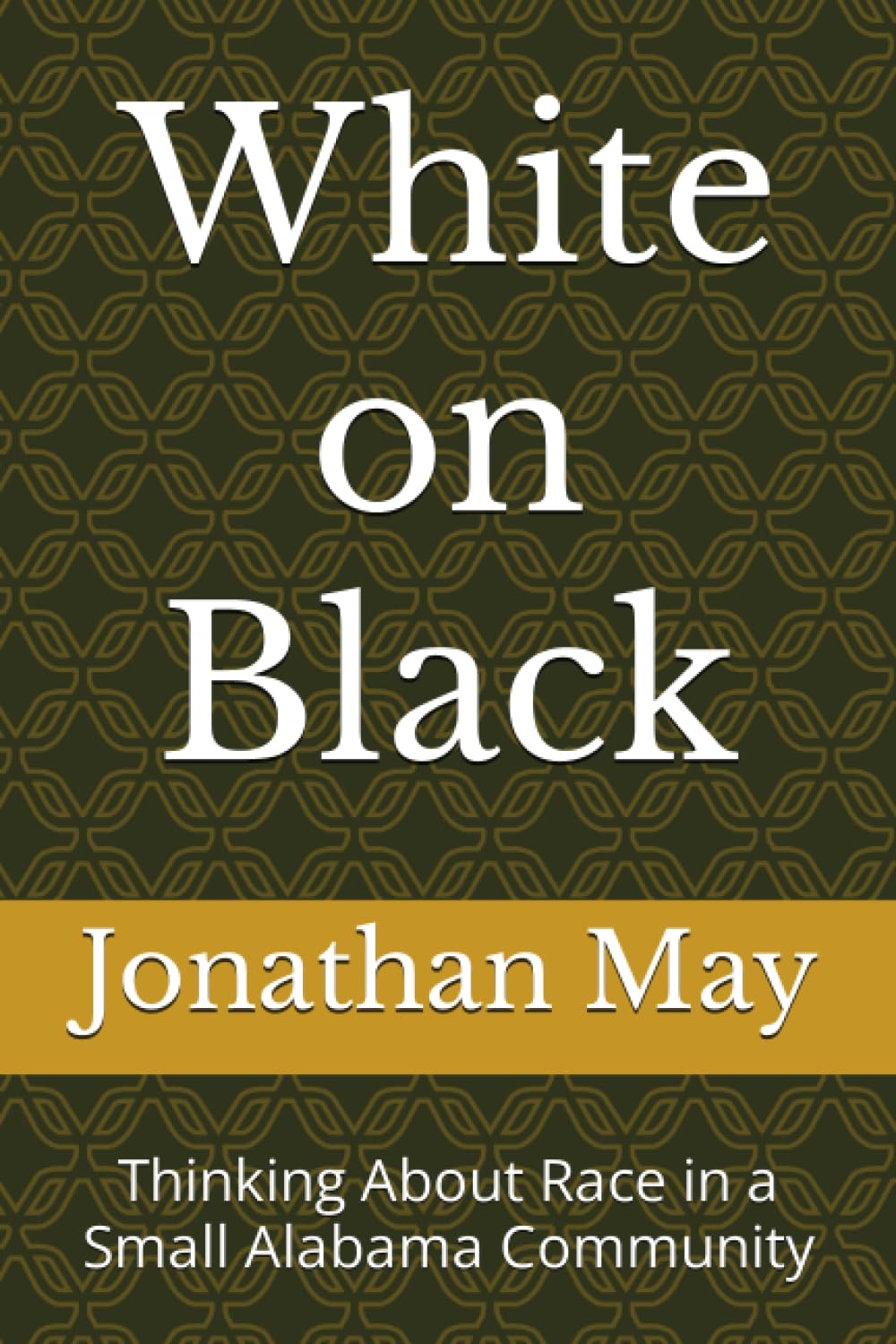
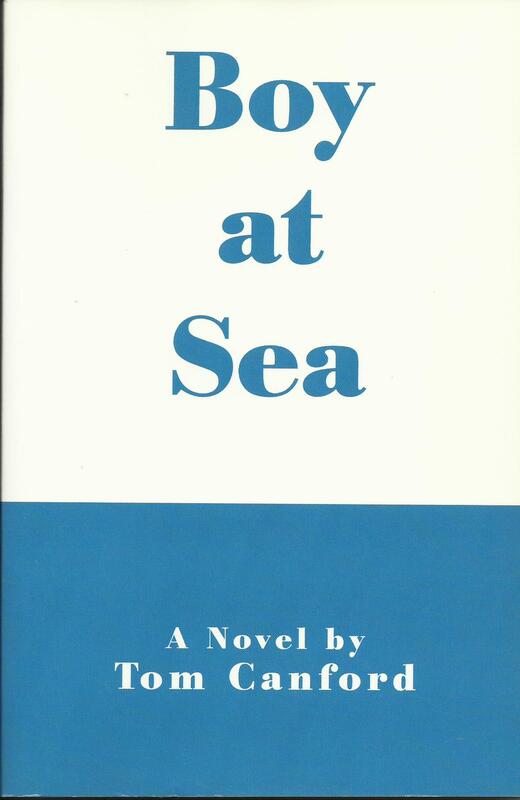

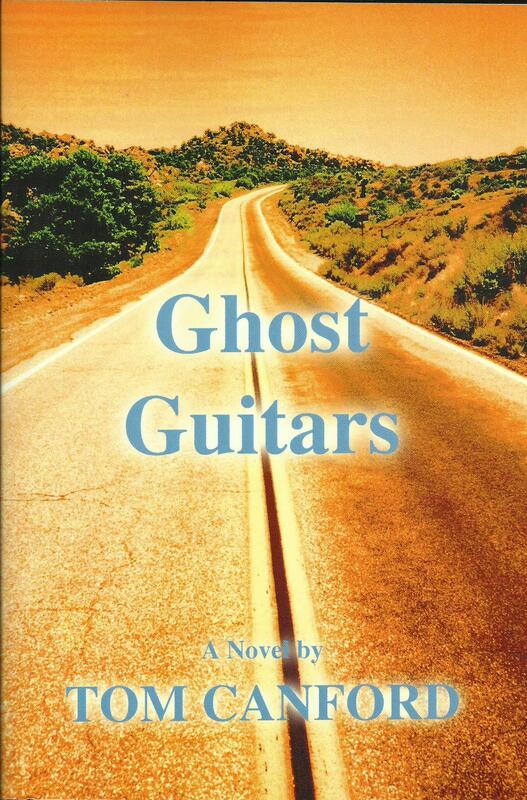

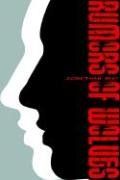
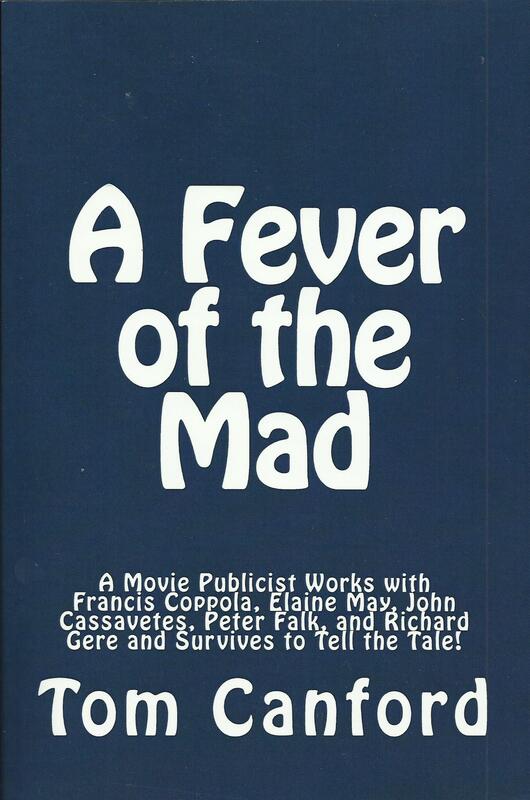
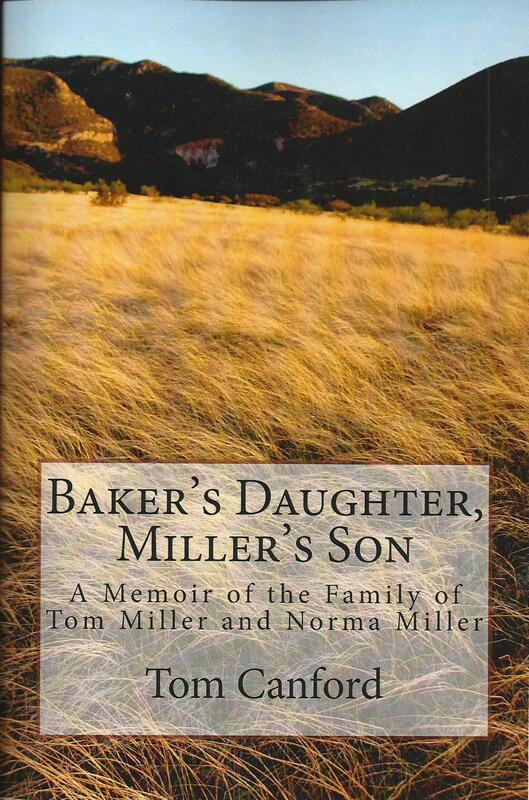
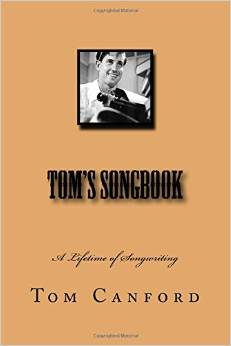
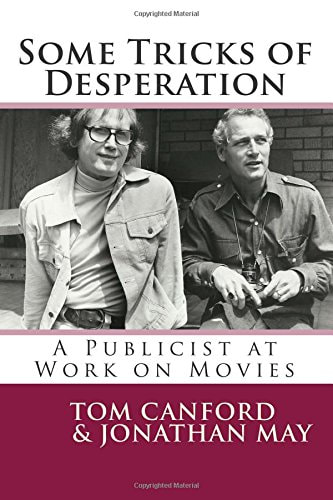
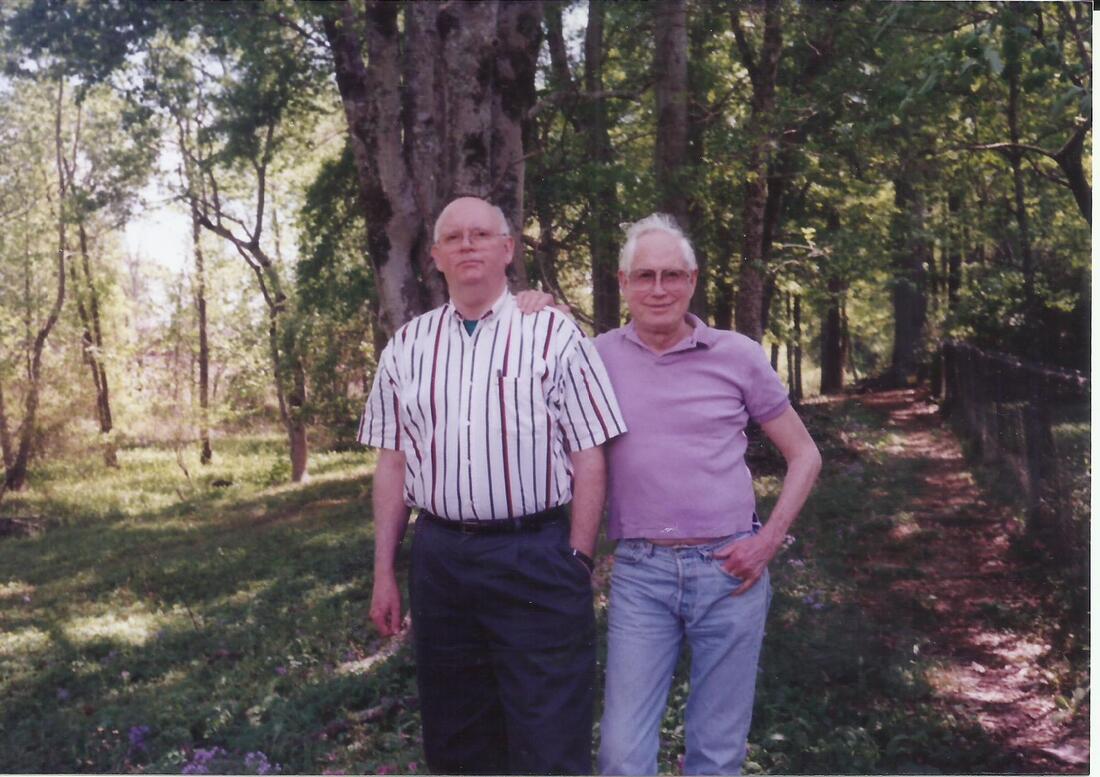
 RSS Feed
RSS Feed